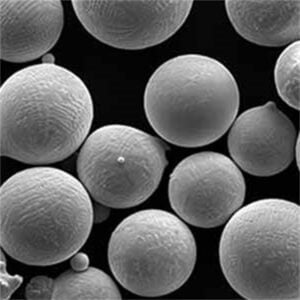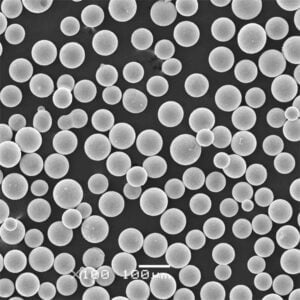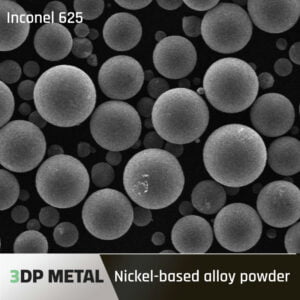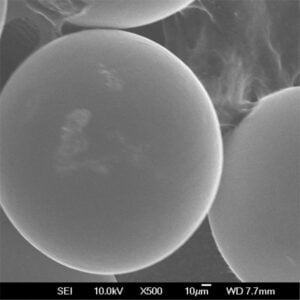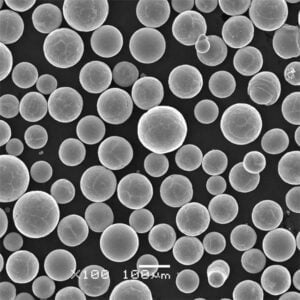バインダージェッティングの利点
目次
バインダー噴射画期的な3Dプリンティング技術が、製造現場の風景を急速に変えつつある。複雑な金属パーツを高速で、無駄を最小限に抑え、これまでにない幅広い材料パレットで実現するプロセスを想像してみてください。それがバインダージェッティングの魔法です。この包括的なガイドでは、その数々の利点を掘り下げ、さまざまな金属粉末のオプションを検討し、あなたの切実な疑問にお答えします。
バインダー・ジェット:テクニカル・ディープ・ダイブ
バインダージェッティングは、驚くほどシンプルかつ強力な原理で作動する。微細な金属粉末の層がプラットフォーム上に広げられます。その後、プリントヘッドが粉末に結合剤を選択的に噴射し、粒子を付着させ、部品の形状を決定します。層を重ねるごとに、自然な支持体として機能する未結合の粉末に囲まれた物体が形作られていく。印刷後、結合していない粉末は取り除かれ、部品は最終的な特性を得るために浸潤(気孔に金属を充填)や焼結(粒子を融合)などの追加工程を受けます。
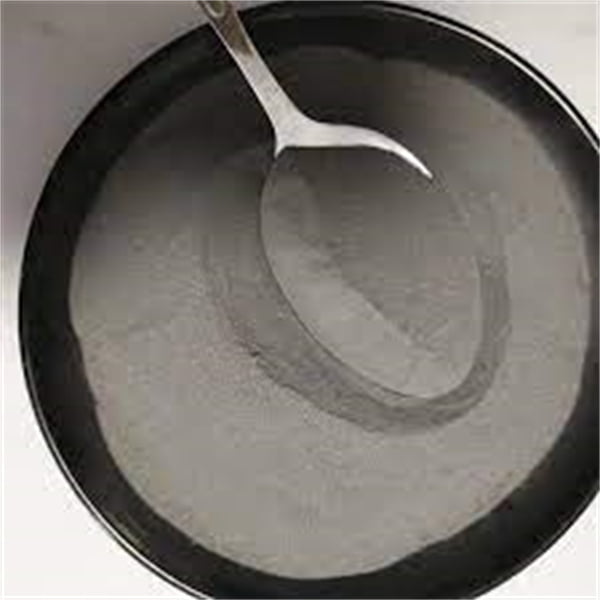
バインダー・ジェットの利点
バインダージェッティングは、3Dプリンティング競争においてトップランナーとなる魅力的な利点の数々を誇ります。最もインパクトのある利点のいくつかを探ってみよう:
- バインダージェットは印刷速度が速い: レーザー焼結などの他の金属積層造形法と比較して、バインダージェッティングはスピードに優れています。そのシングルパス印刷技術により、1日に数百の金属部品を作成することができ、生産時間が大幅に短縮されます。
ラピッドプロトタイピングと少量生産が重要な、航空宇宙や自動車のような産業への影響を想像してみてください。バインダージェットによりリードタイムが短縮されるため、企業は製品をより早く市場に投入し、変化する市場の需要に俊敏に対応することができる。
- バインダー・ジェットのコストは低い: バインダージェッティングは、金属3Dプリントに費用対効果の高いアプローチを提供します。その理由は以下の通りです:
- 廃棄物の削減: 支持構造を必要とする他の技術とは異なり、バインダージェッティングは結合していないパウダーベッドを自然な支持体として利用する。これにより、金属積層造形における重要なコスト要因である材料の無駄を最小限に抑えることができる。
- 簡素化されたプロセス: バインダージェッティングは、他の方法に比べて処理工程が少なく、全体的な生産コストの削減につながる。
こう考えてみよう。バインダージェッティングでは、単にパーツを印刷するだけでなく、効率を印刷することができるのです。無駄を省き、工程を合理化することで、大幅なコスト削減が可能となり、生産予算の最適化を目指す企業にとって、バインダージェッティングは魅力的な選択肢となります。
- バインダージェッティングは、幅広い材料の選択肢を提供します: バインダージェッティングの最もエキサイティングな側面のひとつは、素材に対する汎用性です。高熱を必要とするため、特定の材料で苦戦するレーザーベースの方法とは異なり、バインダージェッティングは室温で作動する。これにより、以下のような幅広い材料選択の道が開かれる:
- ステンレススチール: 優れた耐食性と機械的特性で人気の高い選択です。バインダージェットは、医療用インプラントから工業用部品まで、幅広い用途の複雑なステンレス鋼部品の製造を可能にします。
- インコネル 高温強度と過酷な環境に対する耐性で有名なインコネルは、ジェットエンジンやタービンなど、要求の厳しい用途に使用される部品に最適です。
- 工具鋼: バインダージェットは、金型、ダイ、切削工具に最適な、耐摩耗性に優れた複雑な工具鋼部品の製造を可能にします。
- 銅だ: この導電性の高い金属は、熱交換器や電気部品などに使われています。バインダージェットを使えば、優れた導電性を持つ複雑な銅の部品を作ることができます。
- アルミニウムだ: 軽量かつ強靭な特性で知られるアルミニウムは、航空宇宙、自動車、消費財にとって貴重な素材です。バインダージェットは、重量対強度比に優れた複雑なアルミニウム部品の製造を可能にします。
- チタン: 生体適合性と高強度の金属であるチタンは、医療用インプラントや航空宇宙部品に広く使用されています。バインダージェッティングは、要求の厳しい用途向けの複雑なチタン部品の製造を容易にします。
この多様な材料選択により、設計者やエンジニアは、特定のニーズに最適な特性を持つ部品を作成することができます。もはや従来の製造方法の制約に縛られることはありません。
- バインダー・ジェットの印刷サイズは大きい: バインダージェッティングシステムは大量の造形に対応できるため、1回の印刷で大量の金属部品を製造することができます。これにより、複雑な組み立て工程が不要になり、全体的な生産時間が短縮されます。
建設や造船などの産業における可能性を想像してみてください。バインダージェッティングは、大型の一体型部品を作ることができ、製造工程を合理化し、より軽量で堅牢な構造物を生み出す可能性がある。
メリットを超えて:のための考察 バインダー・ジェット
バインダージェットには魅力的な利点が数多くあるが、最初に飛び込む前にいくつかの要素を考慮することが不可欠である:
- 後処理の要件: バインダージェット部品は通常、最終的な特性を得るために、浸潤や焼結などの後処理工程を追加する必要がある。これらの工程は、全体的な生産時間とコストを増加させる可能性があります。
- 部品の表面仕上げ: バインダー噴射された部品は、機械加工などの他の方法で製造された部品と比較して、表面仕上げが若干粗くなる可能性があります。そのため、用途によっては追加の仕上げ工程が必要になる場合があります。
- 素材の特性: バインダー噴射部品の特性は、気孔率や粒度などの要因により、従来から製造されている部品と必ずしも同じとは限りません。材料特性を注意深く評価し、アプリケーションの要件を満たしていることを確認することが重要です。
バインダー・ジェット 他の金属積層造形法との比較
ここでは、バインダージェットと他の一般的な金属積層造形法を簡単に比較します:
| 特徴 | バインダー・ジェット | レーザー焼結(SLM) | 電子ビーム溶解(EBM) |
|---|---|---|---|
| スピード | 最速 | 中程度 | 中程度 |
| コスト | 低~中程度 | 中~高 | 高い |
| 素材の選択 | ワイド | 制限あり(高融点材料) | 制限あり(高融点材料) |
| ビルド・ボリューム | 大型 | 中程度 | 中程度 |
| 表面仕上げ | 中程度 | グッド | 素晴らしい |
| 後処理 | 必須 | 必須 | 必須 |
よくあるご質問
Q: バインダー噴射の限界は何ですか?
A: 先に述べたように、バインダージェッティングには後処理工程があり、時間とコストがかかります。また、用途によっては、表面仕上げや材料特性にも考慮が必要な場合があります。
Q: バインダージェッティングは大量生産に適していますか?
A: バインダージェットは少量から中量の生産に適しています。高速で複数のパーツを同時にプリントできるため、このようなシナリオに最適です。真の大量生産には従来の方法が適しているかもしれませんが、バインダージェッティングは絶えず進化しており、将来的には大量生産の一翼を担う可能性があります。
Q: バインダージェッティングの新たな用途にはどのようなものがありますか?
A: バインダージェッティングは常に限界を押し広げ、新しくエキサイティングな分野での応用を見出しています。いくつか例を挙げましょう:
- カスタマイズされた大量生産: バインダージェッティングは、複雑な形状を高速で作り出すことができるため、大量生産の中でカスタマイズされた部品を製造するのに適しています。パーソナライズされたスポーツ用品、個々の患者に合わせた医療用インプラント、ユニークな機能を備えた家電製品など、バインダージェッティングで効率的に生産されることを想像してみてください。
- ツーリングのための積層造形: バインダージェッティングは、複雑なツーリングインサートや治具を、従来の製造方法と比較してわずかな時間とコストで作成するために使用することができます。これにより、工具の迅速なプロトタイピングが可能になり、オンデマンドでの工具製造が容易になるため、製造工程における柔軟性の向上とリードタイムの短縮につながります。
- 宇宙探査: バインダージェットで達成可能な軽量かつ高強度特性は、宇宙船や人工衛星の部品を作るのに理想的である。さらに、複雑な形状の印刷が可能なため、斬新な宇宙探査装置の開発にも道が開ける。
- 文化遺産の保護: バインダージェッティングは、歴史的な遺物や彫刻を驚くほど細部まで再現することができる。この技術は、文化遺産を保存する方法に革命をもたらし、歴史的遺物を研究や教育により利用しやすくする可能性を秘めている。
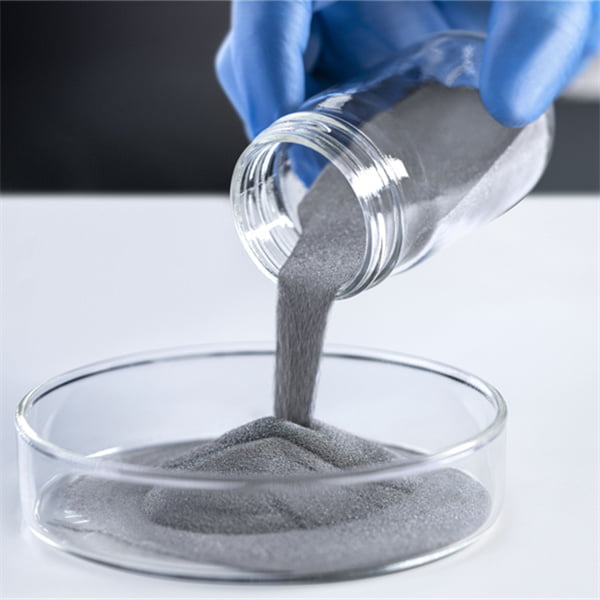
バインダー・ジェットの未来:共同作業
バインダージェッティングの未来は明るいが、それにはさまざまな関係者の協力が必要だ。ここに期待できることがある:
- 材料科学の進歩: バインダージェッティング用に最適化された新しい金属粉末を開発することで、材料特性と印刷適性の面でさらに大きな可能性が開けるだろう。
- 後処理技術の向上: 浸透や焼結のような後処理工程を合理化し、自動化できる可能性があれば、生産時間とコストはさらに削減され、バインダージェッティングの競争力はさらに高まるだろう。
- ソフトウェアの強化: 3Dプリンティング・ソフトウェアの進歩により、バインダージェッティングのためのプリンティング・パラメータとサポート構造が最適化され、パーツの品質と一貫性が向上する。
- より広範な採用と統合: この技術が成熟し、その利点が広く認識されるにつれ、バインダージェッティングは様々な産業で大きな成長を遂げようとしている。既存の製造ワークフローへのバインダージェッティングの統合が進み、より機敏で効率的な生産風景が期待できる。
結論として
バインダージェッティングは、単なる金属積層造形法ではなく、製造業を再構築する変革的な技術です。そのスピード、手頃な価格、材料の多様性というユニークな組み合わせは、幅広い用途にとって魅力的な選択肢となっている。この技術が進化を続け、その限界を克服するにつれて、バインダージェッティングは、金属部品の設計、開発、製造の方法に革命をもたらす可能性を秘めています。さあ、シートベルトを締めて、バインダージェッティングが約束するエキサイティングな旅に備えよう!
シェアする
MET3DP Technology Co., LTDは、中国青島に本社を置く積層造形ソリューションのリーディングプロバイダーです。弊社は3Dプリンティング装置と工業用途の高性能金属粉末を専門としています。
関連記事
Met3DPについて
最新情報
製品

3Dプリンティングと積層造形用金属粉末







